Maharaja Sawai Man Singh Museum
(City Palace, Jaipur)
City Palace Jaipur is also known as ‘Maharaja Sawai Man Singh Museum’. The palace was built between 1729 and 1732, initially by the then ruler of Amer, Sawai Jai Singh II. He planned and built the outer wall, and later additions were made by the successive rulers. The credit for the urban layout of the city and its structure is attributed to the two architects: Vidyadhar Bhattacharya (the chief architect in the royal court) and Sir Samuel Swinton Jacob, and the Maharaja himself who designed the palace according to Vastu Shastra.
The City Palace Complex which is located North East to the centre of the grid patterned Jaipur city, incorporates an impressive and vast array of courtyards, gardens and buildings. It is a striking blend of Rajasthani, Mughal as well as the European architecture.
There are three main gates to the palace which are Tripolia Gate, Virendra Pol and Udai Pol. Two main palaces in the complex are Chandra Mahal and Mubarak Mahal. Apart from these two there are Pritam Nivas Chowk, Diwan-e-aam, Diwan-e-Khas, Bhaggi Khan, Maharani Palace and the Govind Dev Ji temple (built in the 18th century).
City Palace Jaipur
Mubarak Mahal
Entering through Virendra Pol, we see the Mubarak Mahal (welcome palace) built in the late 19th century for Maharaja Madho Singh II as a reception centre for the visiting foreign delegates. Mubarak Mahal was converted to a museum by Sawai Man Singh II, dedicated to Royal Textiles. We see the collections of the dresses worn by the Royals and superb shawl including Kashmiri Pashmina on display here. One remarkable exhibit is Sawai Madho Singh’s jumbo size clothings. It is said, he was 2M tall, 1.2M wide and weighed 250Kgs, a gigantic person.
Chandra Mahal
Entering through ‘Pritam chowk’ we go to ‘Chandra Mahal’. The Courtyard of Chandra Mahal or Chandra Niwas is the most commanding building in the complex of city palace, on its west end. It is a seven story building and each floor has been given a name. Chandra Mahal is the heart of the city palace where the royal family lives. The 1st floor is called ‘Sukhnivas’, 2nd floor ‘Preetham Nivas’, 3rd floor ‘Rang Mandir’ , 4th floor ‘Shobha Nivas’, 5th floor ‘Chabi Nivas’ , 6th ‘Shri Nivas’ and ‘Mukut Mahal’ on the top. The flags on the top of the Mukut Mahal indicate who among the King or the Queen is present in the palace. The exhibition at the ground floor can be seen by buying regular tickets. If you want to see the Sukhnivas or the Shobha Nivas, you have to buy tickets which are expensive. Sukhnivas has a geometrical design painted with blue and white. Shobha Nivas which is on the 4th floor has floral designs on the walls which are embedded with gold leaves and glass mirror work. There is beautiful peacock gate at the entrance of the Mahal.
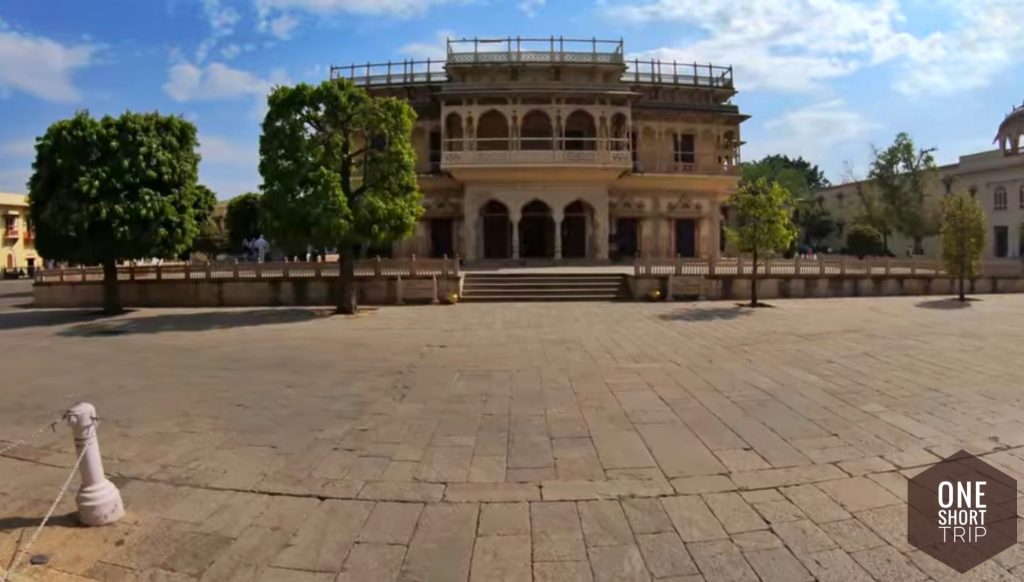
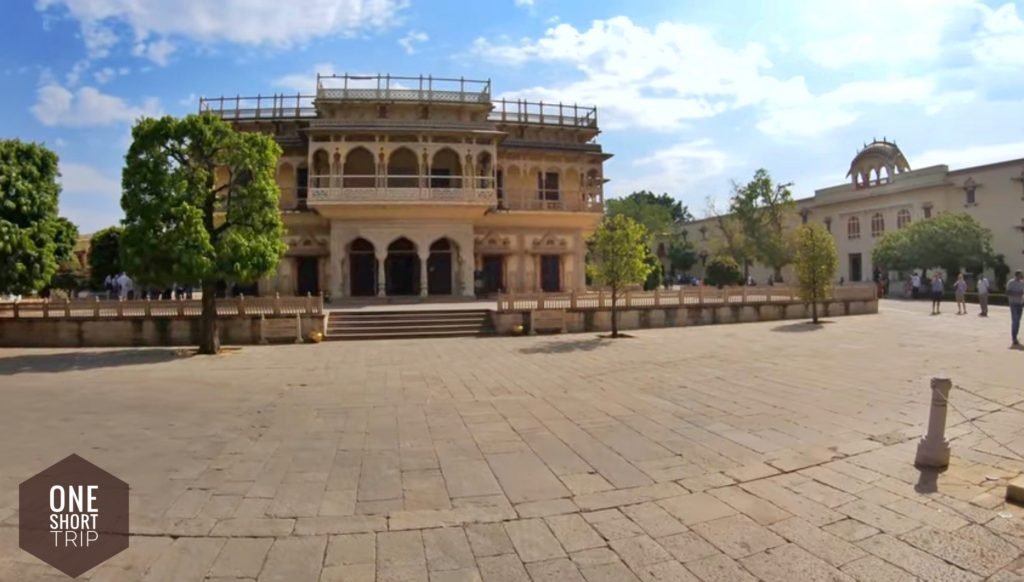
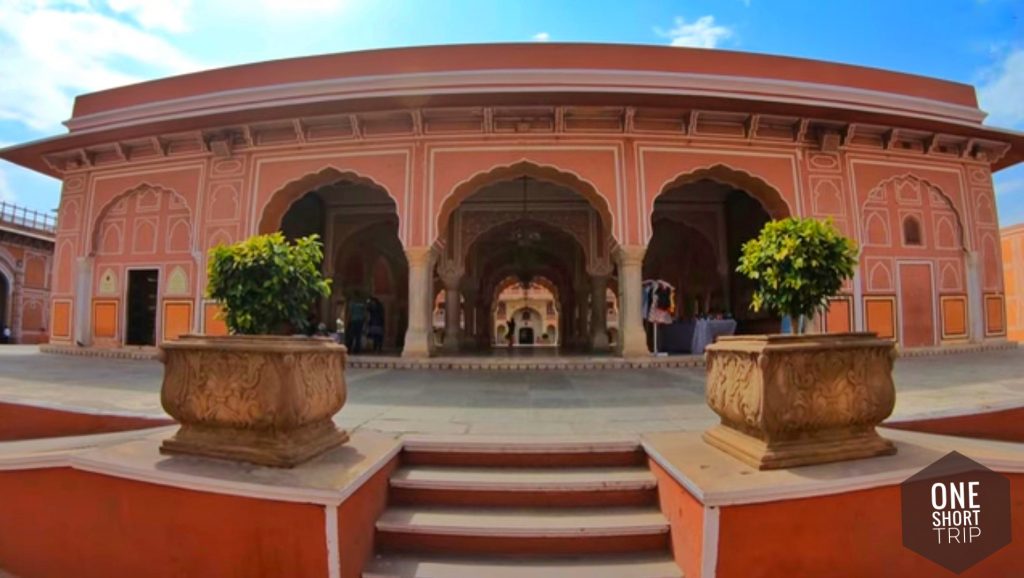
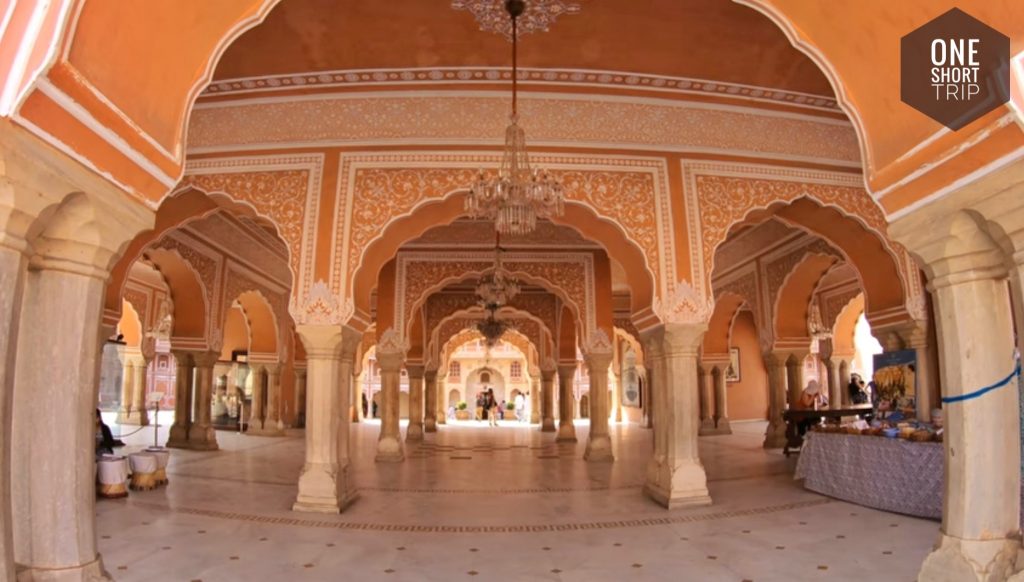
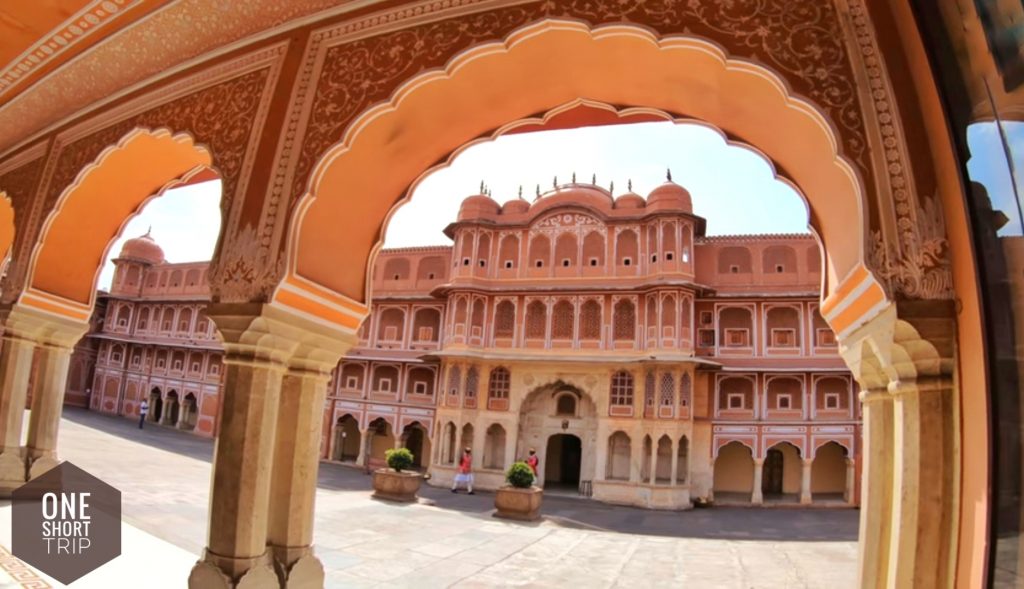
Pritam Niwas Chowk
The courtyard to the entrance of Chandra Mahal, the chowk has gates which are dedicated to different Hindu Gods and with different themes. The Peacock gate is dedicated to Lord Vishnu, which also represents autumn season. The Lotus gate is dedicated to Lord Shiva and Goddess Parvathi, which represents the summer season. The Lahariya gate is dedicated to Lord Ganesh, which represents spring season and the last one is the Rose gate dedicated to Goddess Devi which represents winter season.
Diwan-e-Aam
Diwan-e-Aam was a place for the public audience where the public would bring their problems to the king. It is a beautifully designed building, painted with red and gold colours. The roof of the hall is beautifully painted and the hall features a number of miniature paintings, text and various sculptures. Diwan-e-Aam is between the Arsenal (armoury) and the art gallery, where you can also see the two biggest Silver pots in the world.
Diwan-e-Khas
Diwan-e-Khas is one of the most important structure of the palace which used to be the private audience hall of the Royal king.
Silver pot
Sawai Madho Singh II (1880 – 1922).
In the year 1902, Edward VII was crowned the Prince of England. For the Crowning ceremony of Edward VII, Sawai Madho Singh II was also invited. Madho Singh II visited England in 1902. When he went to England he took with him 2 big silver pots filled with ‘Ganga jal’ (water from river Ganga), each pot weighing 345 kgs. The Silver pots were made by melting 14,000 silver coins. The pots are five and a half feet tall and can hold [900 British gallons (1 gallon = 3.8 litres)] 3400 litres of water each. The water was sufficient to be used for cooking, drinking and also for taking bath for 3 to 4 months. He had taken this water to keep his purity (religious beliefs). The size of the container is so big, it has been registered in the Guinness Book of World Record.
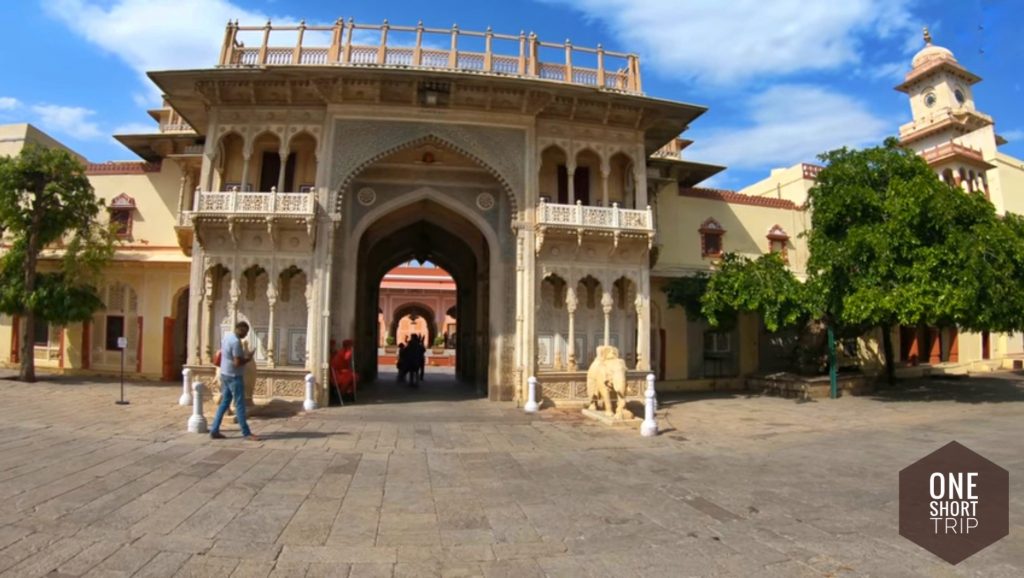

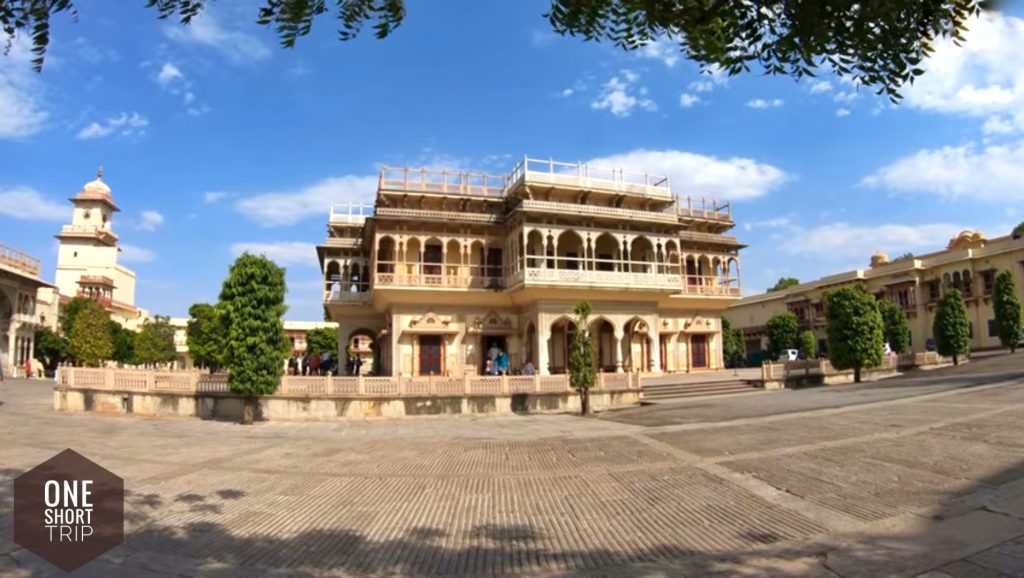
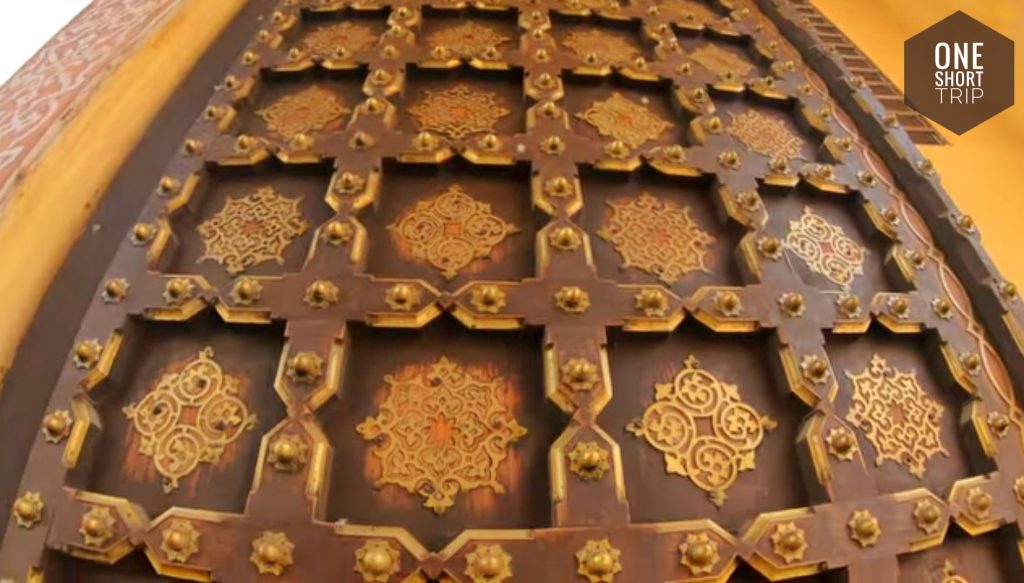
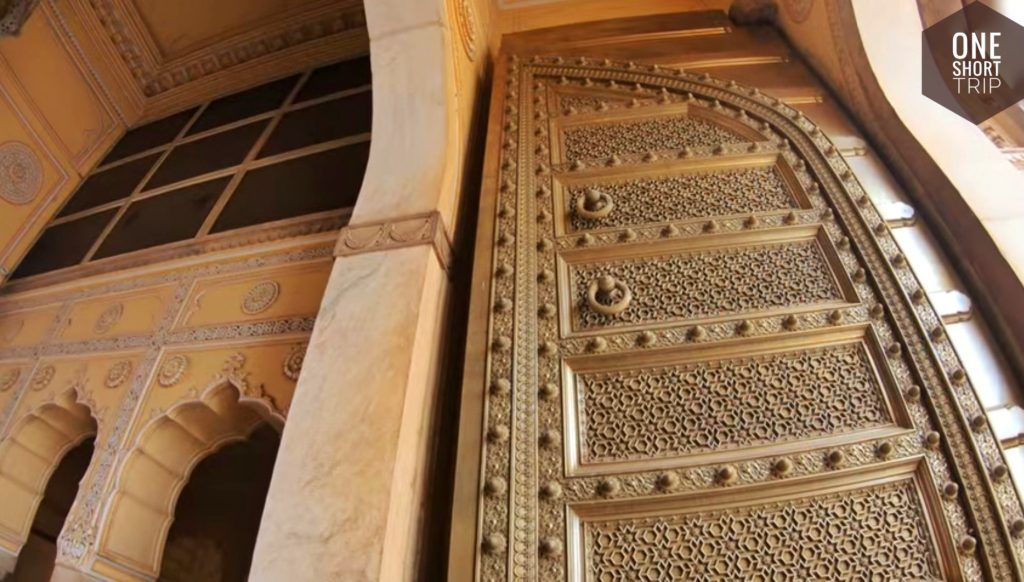
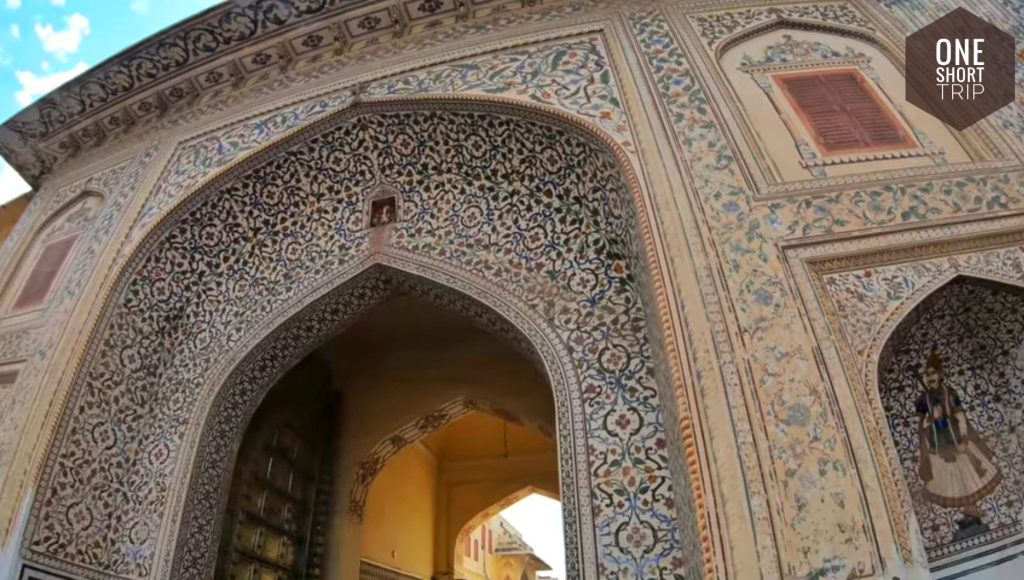
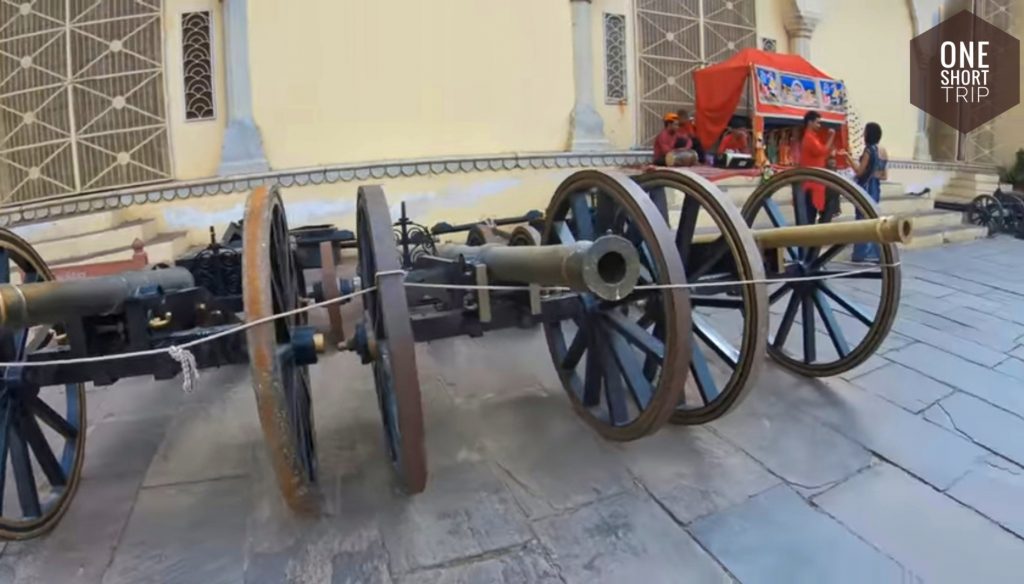
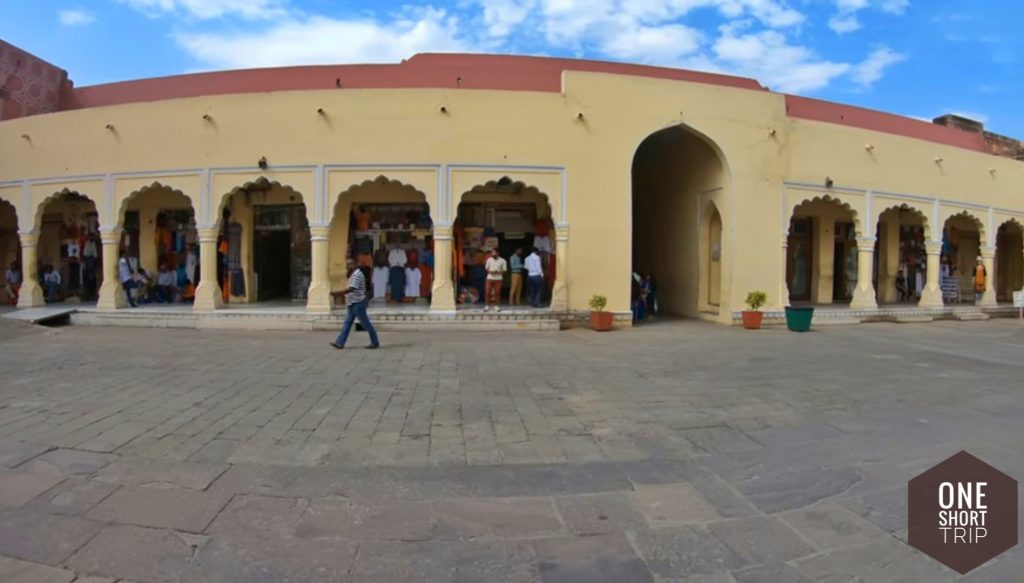
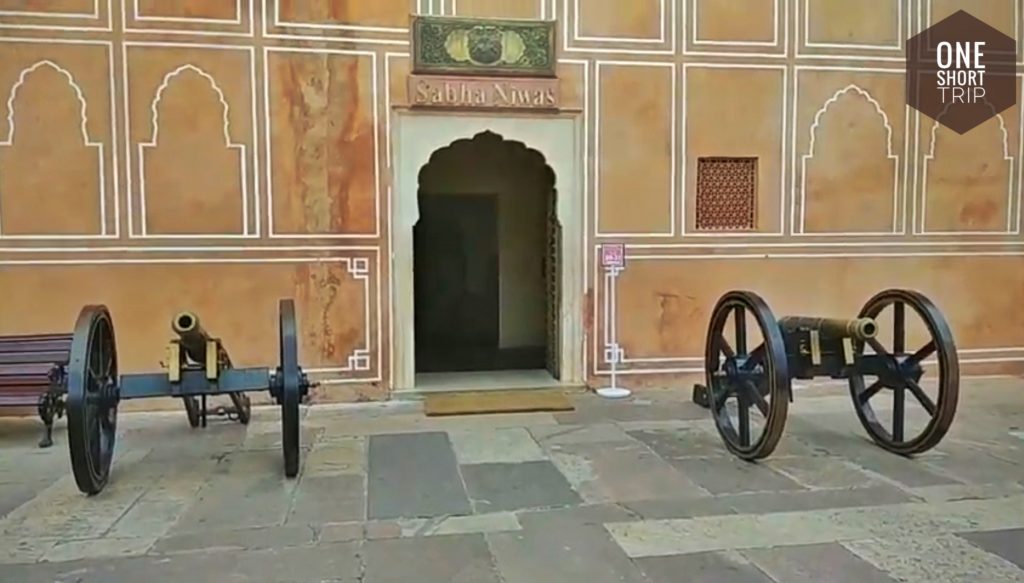

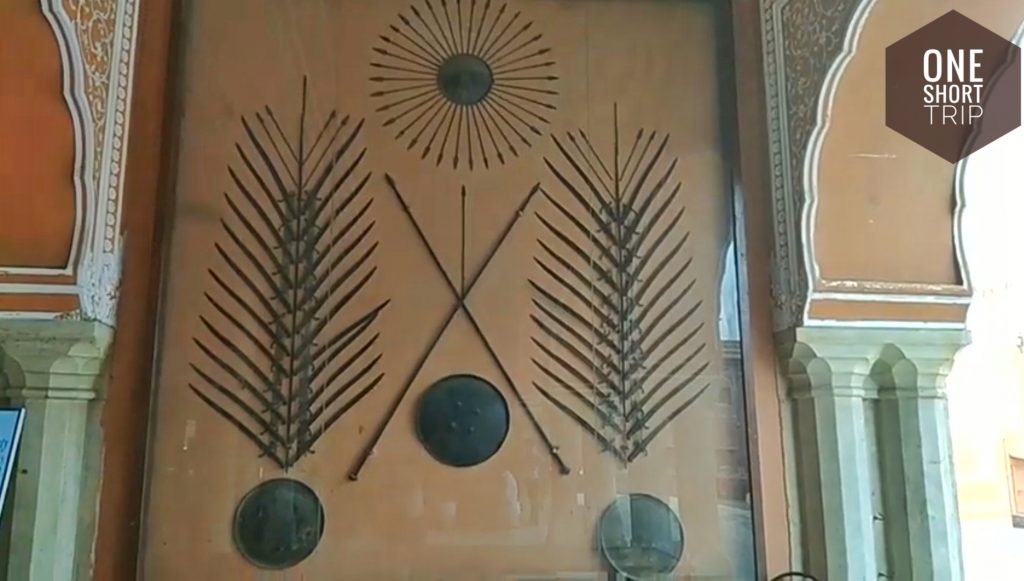
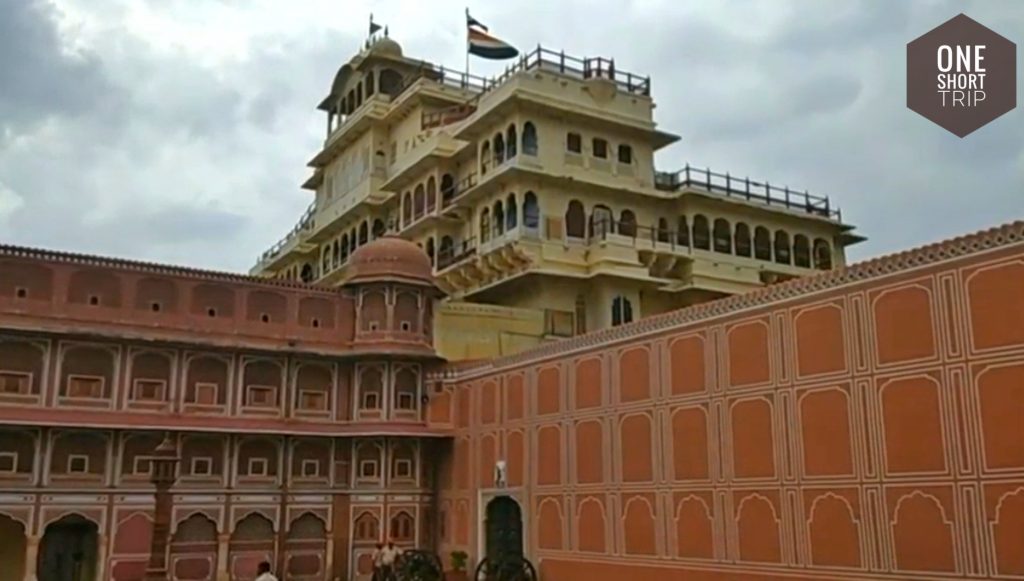
City Palace Jaipur Entry Fees
Indians – ₹200
Foreign Tourist – ₹500
Guide Fees – ₹300 – ₹500
Video Camera – ₹300
Golf Cart – ₹150
Audio guide – ₹100
City Palace Jaipur Timings
Monday to Sunday – 9:30 a.m. to 5:00 p.m.
Best time to visit City Palace Jaipur
All throughout the year, especially November to February
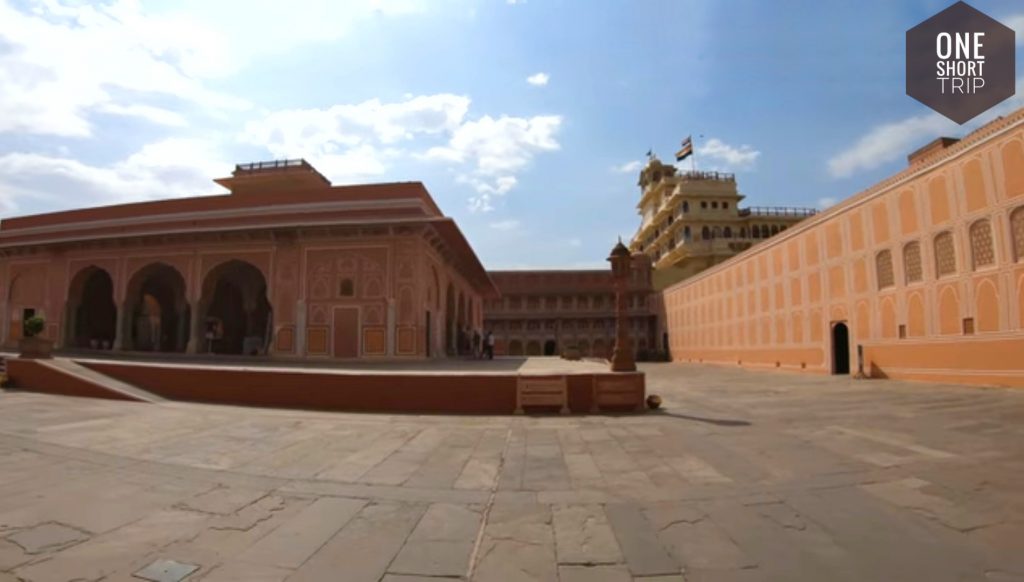
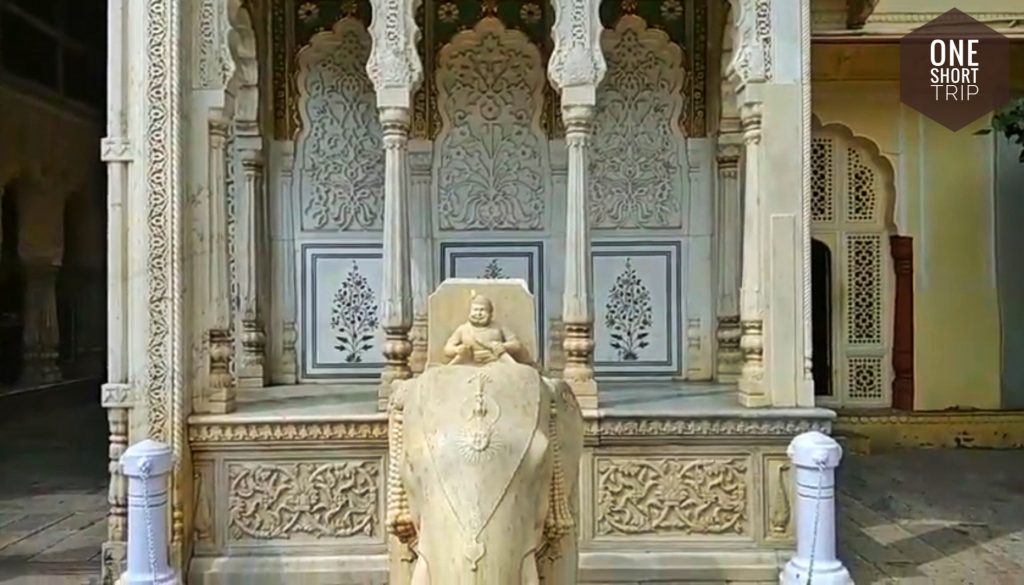
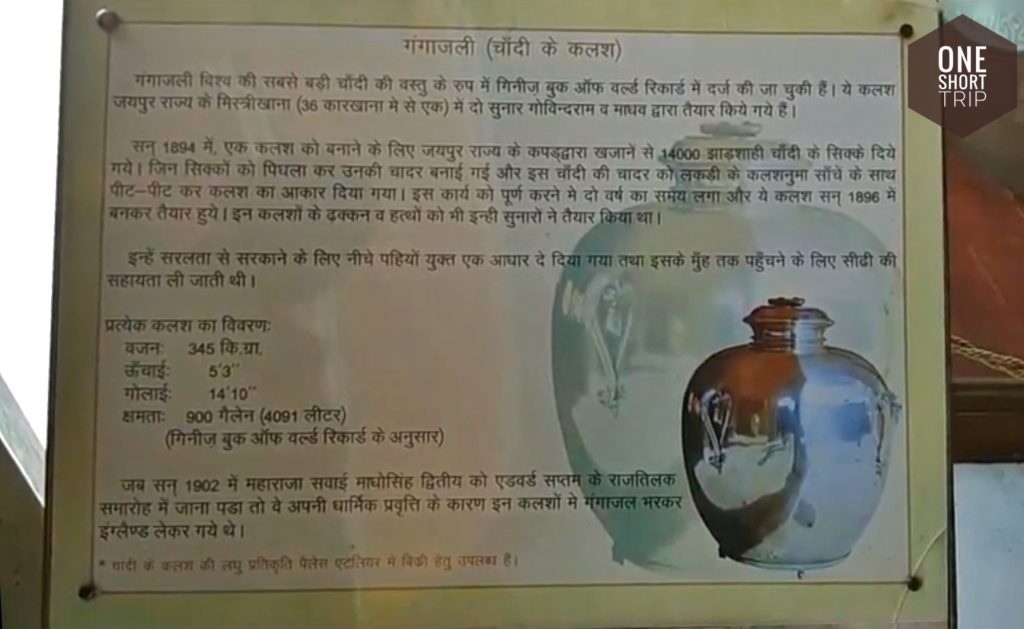
City Palace Jaipur Website
www.museumsofindia.org
City Palace Jaipur Email
info@msmsmuseum.com
City Palace Jaipur Phone Number
Landline +91-141-4088888
Landline +91-141-4088855
City Palace Jaipur Address
The City Palace,
221, Tripolia Bazar Road,
Gangori Bazaar, J.D.A. Market,
Kanwar Nagar, Jaipur,
Rajasthan 302002
City Palace Jaipur Accommodation
There is no accommodation inside the Museum, there are a few Boarding & Lodging near the fort.
However if you are looking for Royal Accomodation (Heritage Properties) you can check – Heritage
City Palace Jaipur Distance
From Jaipur – 4.7 kilometres
From Ajmer- 140 kilometres
From Jodhpur- 356 kilometres
From New Delhi – 255 kilometres
Places to Visit Near City Palace Jaipur
Birla Mandir
Hawa Mahal
Jaigarh Fort
Jal Mahal
Nahargarh fort
Panna Meena Ka Kund
Jantar Mantar
Amber Fort
How to reach City Palace Jaipur
JCTSL (Bus)
9A direct busses available from the Jaipur City
Ticket Approximately ₹10 Person. (Duration 35 Min)
You can also take shared auto rickshaw (Tuk-Tuk) to the City Palace from Jaipur City which is 5 kilometres, ₹10/ Person /Per Kilometer
Private auto rickshaw to Maharaja Sawai Man Singh II Museum – ₹100/One way, ₹200 both ways
ISRTC(Train)
The city is well connected from all sides, you can take auto rickshaw or taxi from Jaipur Junction railway station
Air
Nearest Jaipur International Airport (International / Domestic Airport) is 14 kilometres from City Palace
Drivetime approximately 40min – 1hr
Bike / Car
Jaipur city bus station) – Patrakar Colony – Chandpole – Pink City – City Palace
NOTE – Information mentioned above is completely based the information that i received from the tourist guide